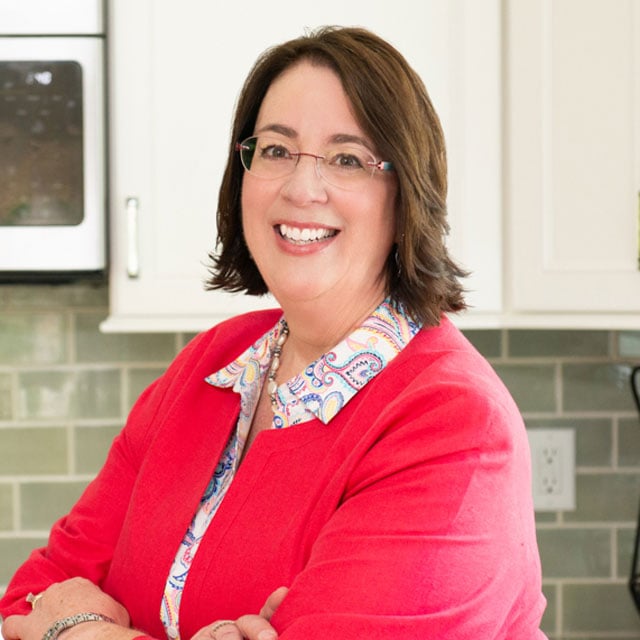7 Big Social Security Claiming Mistakes Couples Make
Take this quiz: Do You Know These Social Security Facts for 2023?
While married Americans hold many misconceptions about optimal Social Security claiming strategies, there are several key misunderstandings that seem to be dogging couples in 2023, warns Jeff Levine, Buckingham Wealth Partners' chief planning officer and Kitces.com's chief financial planning nerd. For example, as Levine shared during Buckingham's latest financial planning webinar, many couples with uneven earnings histories errantly believe that their individual Social Security primary insurance amounts, or PIAs, will change depending on the date the higher earner claims. There are factors that influence the higher earner's PIA, but the claiming date of each member of the couple is not one of them. As Levine explained, the higher earner's PIA is simply the sum of three separate percentages of certain portions of that worker's average indexed monthly earnings, or AIME. "It is critical for couples to understand that, whether the higher-earning worker claims early at 62, or claims at their full retirement age or beyond, this decision does not actually impact the higher earner's PIA," Levine stresses. "This is important to understand because the lower earner's spousal benefit is going to be set at 50% of the higher earner's PIA." According to Levine, this dynamic is a major point of confusion for many couples. "It is so important to understand the fact that the higher earner's PIA doesn't change depending on when they claim. It is calculated when they turn 62," Levine says. "When it comes to maximizing a couple's Social Security income, what tends to matter more is when the lower earner spouse claims, and whether that is at their full retirement age or not." See the slideshow for other top insights from Levine regarding the important ways couples can make mistakes in the claiming process, potentially robbing themselves of tens or even hundreds of thousands of dollars in lifetime wealth potential. (Pictured: Jeffrey Levine)
© Touchpoint Markets, All Rights Reserved. Request academic re-use from www.copyright.com. All other uses, submit a request to [email protected]. For more inforrmation visit Asset & Logo Licensing.
Featured Resources
View All
Sponsored by Manulife John Hancock Investments
Exploring Private Credit's Journey to a Trillion-Dollar Asset Class









